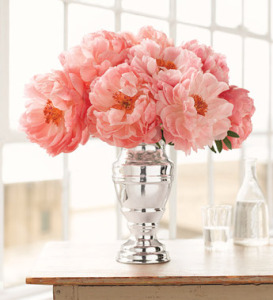You’re Ultimate Care Guide for Coral flowers
You loved your prized coral flowers in your garden which were more commonly known as coral bells. These coral bells added vibrancy to your home’s exterior beauty with their warm hues of salmon, red and pink. The best thing was that they needed little maintenance apart from regular watering and application of fertilizers twice a year. However, you approached an expert when you saw that fungal infection had affected them. The expert outlined a few care guidelines that you would need to follow strictly in order to grow a healthy bunch of coral bells in your garden again.
How do these plants get affected by fungal infection?
Most fungal infections are airborne in nature. The general climatic conditions might encourage fungal infections to grow in your beautiful coral bells plant. This is true for cities like Seattle and here you would need to do a few things here-
• The coral bells plant in your garden should be watered in the morning only.
• You can use a drip irrigation method to water these plants.
• The coral bells plant should have a minimum 2 feet distance between each other. This would ensure that these plants enjoy good air circulation.
• If your old coral bells have suffered from fungal infection, plant the new ones in a new garden area.
• The diseased plant should be immediately removed and disposed of in the dustbin.
• You can also use various fungicides available in the market like Serenade.
Other Coral Flowers Care Guidelines
• Once spring sets in you would need to plant these Coral Flowers. The soil condition should be warm and your garden patch should receive a minimum of 4 hours of abundant sunlight.
• The coral bells plant needs strong roots, thus you would need to water them well once a week in the first month. After the first month, it could be once in 10 days so that the soil is dry also.
• When you are applying fertilizers in your coral bells plant area, you would need to keep a space of three-inch between the crown of the coral bells plant and the composite layer. You can apply around two inches of composite twice a year. This period is once in spring and once in the fall season.
• The ground also needs to be insulated before the winter frost sets in. Thus you would need to add 3 inches of mulch over the area where you are planting these beautiful coral colored flower plants. Once winter ends and the spring season begins, the mulch layer would be removed to encourage the plant to grow again.
• These plants also need to be pruned in the early days of the spring season. This would help them to grow better. It is essential that you remove areas of the plant which have withered away.

